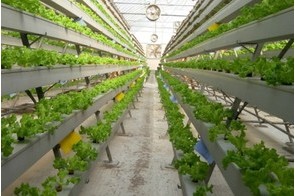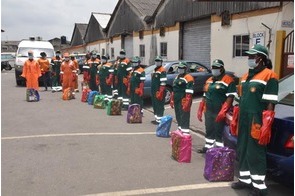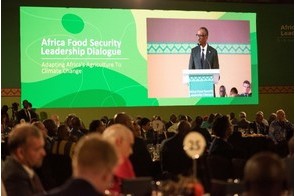World Bank project to boost income for smallholders in Tanzania

Summary
The project seeks to develop income opportunities for 100,000 smallholder farming households.
The World Bank Group has approved a $70 million facility to boost smallholder agriculture in Tanzania. The Bank said in a statement on Thursday that the financing is part of its Southern Agricultural Growth Corridor of Tanzania (SAGCOT) programme, which seeks to link smallholder farmers to agribusinesses for boosting incomes and job-led growth.
The SAGCOT seeks to develop income opportunities for 100,000 smallholder farming households by providing new technologies and marketing practices. It will also expand partnerships with lucrative agribusinesses in the Southern Corridor of Tanzania. The project is expected to benefit over 500,000 people.
“Smallholder farmers play a central role in Tanzania’s agricultural sector,” said Bella Bird, World Bank Country Director for Tanzania, Burundi, Malawi and Somalia.
“The SAGCOT Investment Project has the potential to be transformational as it will provide them with crucial access to capital and new technology needed to invest in higher value production, promote their livelihoods and meet their nutritional needs.”
Agriculture contributes about 25 percent to Tanzania’s GDP and accounts for over 34 percent of all export earnings. About 75 percent of Tanzania’s 49-million strong population depends on agriculture, according to government estimates.
Over 80 percent poor people in Tanzania live in the rural areas, which have limited links to established agriculture markets. As a result, Tanzania’s otherwise remarkable economic growth rate of 7 percent over the past decade has left behind most of the poor in the rural areas.
“Tanzania has achieved demonstrable successes in boosting productivity in the horticulture, rice, sugar and tea sectors,” said Mark Cackler, World Bank’s Manager for the Agriculture Global Practice. “The challenge is to extend the reach of existing efforts and expand poor farmers’ access to lucrative market opportunities, which are the goals of the project.”
Related
-
Modern sustainable farming techniques
We must not forget that over 60 million African children under five years are not growing properly.
-
Covid-19 response must include provision of food to the vulnerable
In Vietnam, automatic rice dispensing machines, also known as "rice ATMs" have been used during this Covid-19 outbreak to ...
-
World Bank, AU, others commit to end hunger and malnutrition in Africa
The African Union signed a deal with four multilateral development organisations to adapt Africa’s agriculture to ...








